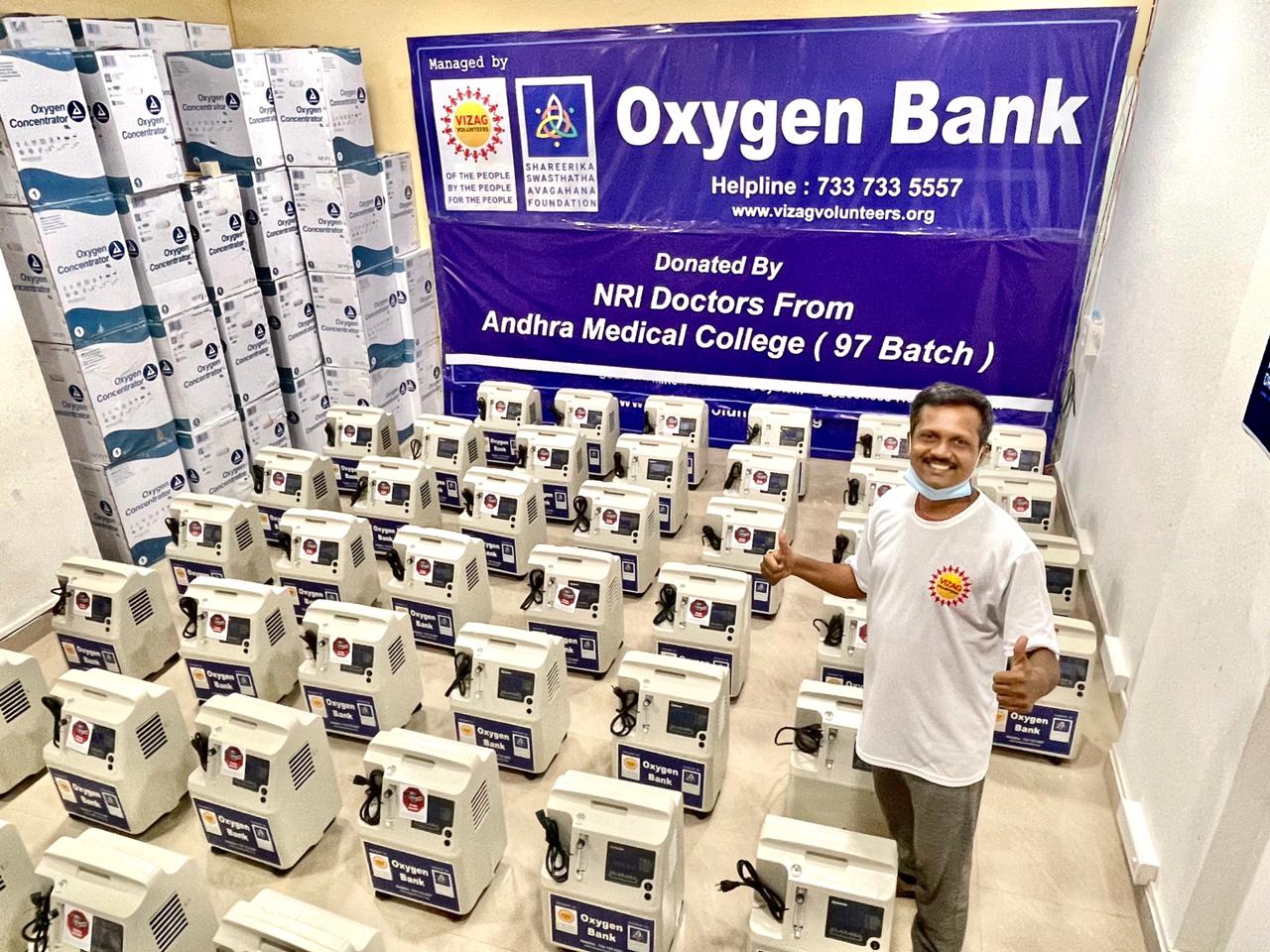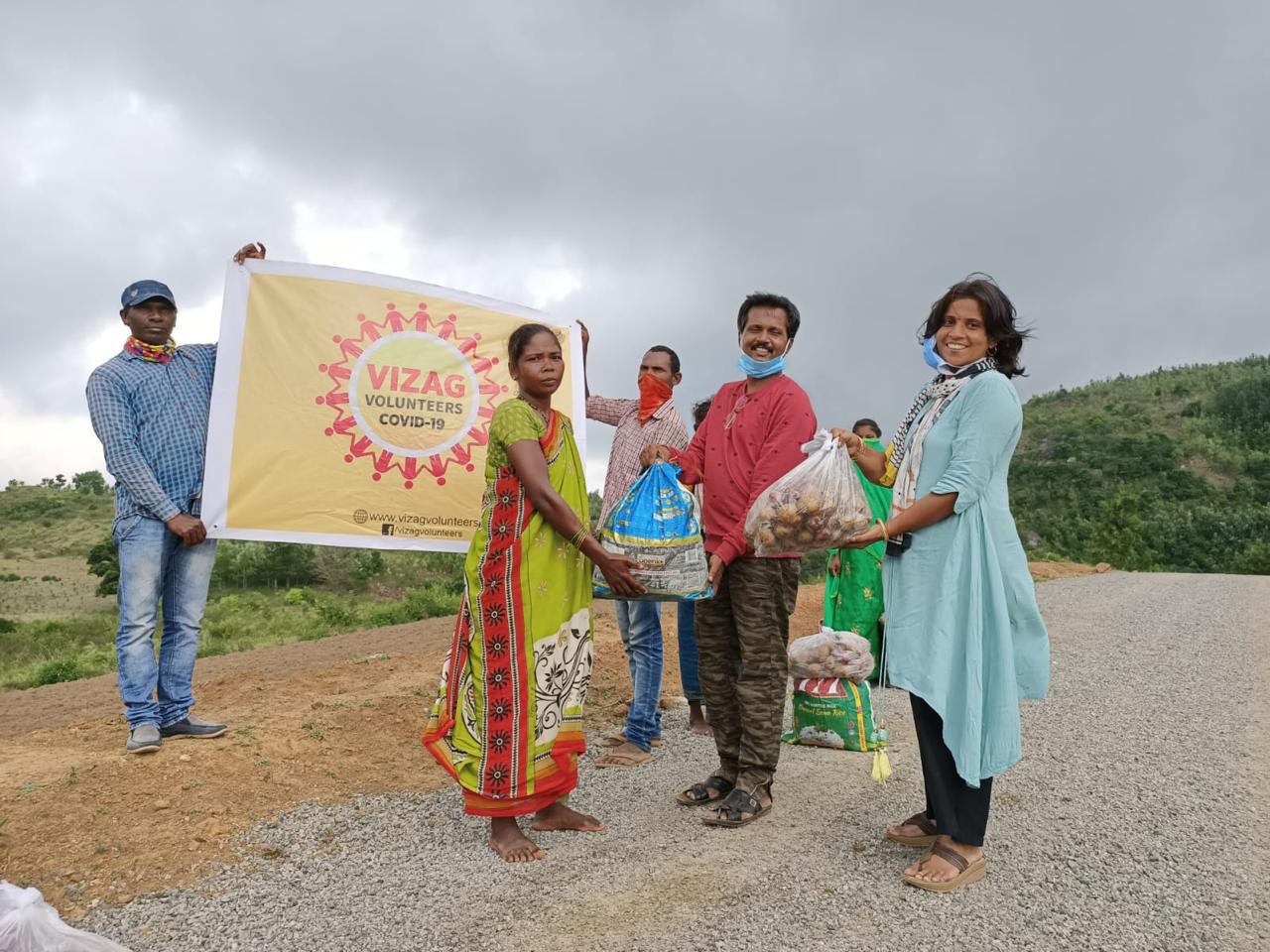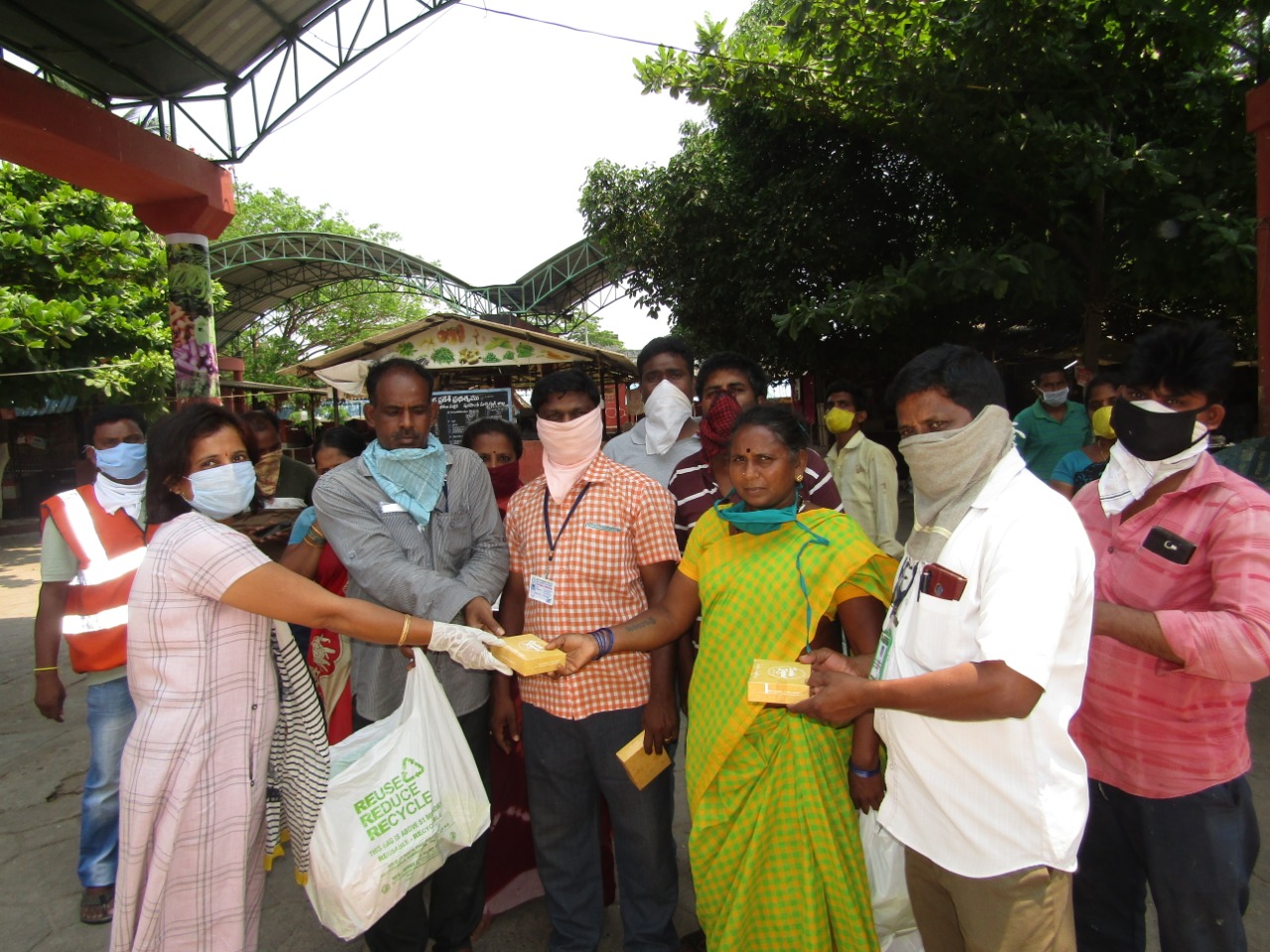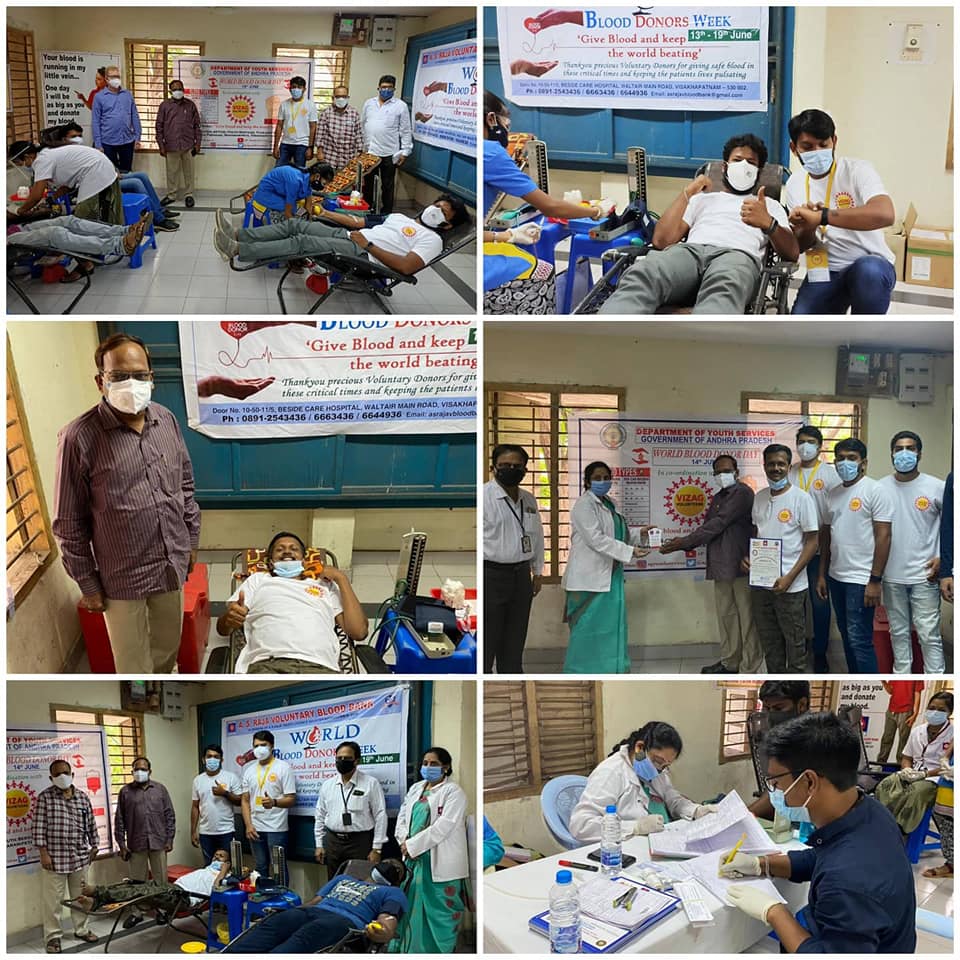Why an Oxygen Bank is Important
This Pandemic has bought loss to various sectors globally. Among all the challenges facing the main one was the supply of oxygen. Sustainable access to oxygen has become a concern, especially in low and middle-income countries. It raised the alarm on health systems with running out of oxygen supply, resulting in many deaths and families of the patients hospitalized.
We all know how important oxygen is and the strong effect on treating COVID-19 patients who are hospitalized. The infrastructure and cost being a barrier affect the health facilities to access the required oxygen, which indirectly results in the loss of lives.
Along with other COVID-10 products used for treatment, one must recognize the importance of sustainable oxygen supply. WHO has announced a COVID-19 oxygen emergency task force to increase oxygen supply and coordinate with the respective organizations for helping the affected COVID patients. We can see more than half a million people needed 1.1 million cylinders per day. Among the 25 countries that needed help, Africa was high in demand for oxygen.
International organizations and donors have come forward to help in this global emergency that needs global support. Most of the countries have seen a great demand in meeting daily oxygen needs. Therefore, donors and international organizations have come to build a proper structure to help the worst affected countries as quickly as possible.
In India, the Government had seen a loss of many people during the Pandemic due to lack of oxygen. We need an oxygen bank dedicated and operated by Civic bodies to provide oxygen to private hospitals. Big hospitals have their plants, whereas small and medium units depend on suppliers or refillers. To avoid such a situation having a permanent oxygen bank will help all the hospitals to respond quickly to any patient. Sassoon general hospital in Pune set up a temporary Oxygen bank which proved to be very helpful. Just think how much help it will be if we had a permanent bank.
Liquid medical oxygen (LMO) use is more during the COVID time than the standard usage that has left stranded due to less product supply. Why is this LMO supply so challenging?
The answer is simple, in India, it is the demand and supply process, the resources we need, and allocation. A structure has been created to produce the oxygen needed, but the down point lies in reaching the hospitals.
Production Capacity:
In the present situation in India, around 9000 - 11000 tonnes of oxygen is needed, whereas only 7000 - 8000 tonnes is produced per day. It is a shortage of available oxygen in the country. About 2000 - 2500 tonnes per day is produced in captive units in large steel plants that require oxygen to enrich the blast furnace. In India, 33 steel plants supply LMO, but 5-10 percentage is converted into LMO for the health sector.
How is LMO transported?
LMO is transported in cryogenic tankers to the bottling plant. The cylinders are filled with oxygen and sent to the hospitals. Sometimes, they can send the tanks directly to the hospitals. We need to observe the supply chain of LMO and cylinders present as they might result in constraints to meet the demand. More than LMO, we are facing problems with the shortage of cylinders. The manufacturers supply cylinders three times per month, which must be increased to 10-15 times a month.
Lack of Infrastructure:
Apart from LMO, a proper infrastructure like hospital beds, healthcare facilities became a concern for oxygen supply. More than that, LMO cylinders traded in the gray market at a high cost. Should allocate oxygen cylinders based on the severity of the cases. To address this problem, we need to make a short-term and long-term strategy. Proper planning will help the country to meet the demands.
Proper coordination of LMO and cylinder supply for practical use:
- Should properly preserve the collection of LMO from the production stage to the bottling stage and then the end of use.
- We need to keep track of the gas cylinders supplied for bottling and the supply chain.
To follow such a process, we need to have centers, docking hubs, and proper networking management to increase the turnaround time of cylinders. It's better to convert industrial cylinders for healthcare use. Nearly 80000 converted industrial cylinders are made, which seems to be the right step.
The LMO cylinders are made of steel alloys or aluminum in India. Both the doctors and policymakers should set up an equitable distribution of oxygen to various states. Its good to involve experts on the supply chain and business leaders to understand more about the situation. To operate the cylinders, we need to have skilled, trained doctors and volunteers for patient care. Even hospital beds need to be alleviated for allocating COVID patients.
In long-term use, we need to consider better innovation techniques. For example, novel technologies can help in converting gaseous plants into LMO plants. In addition, a better infrastructure needs to be planned to transport LMO via pipelines from the manufacturing unit to the point of use at hospitals.
We at Vizag Volunteers provide oxygen services to help all the people in this pandemic. Many of them were not able to afford for the hospital beds and for oxygen concentrators. It was then our volunteers have come together and organized an oxygen bank to supply the oxygen concentrators. Apart from this we also provide various other services like COVID consultation, Donating Plasma and blood etc.




